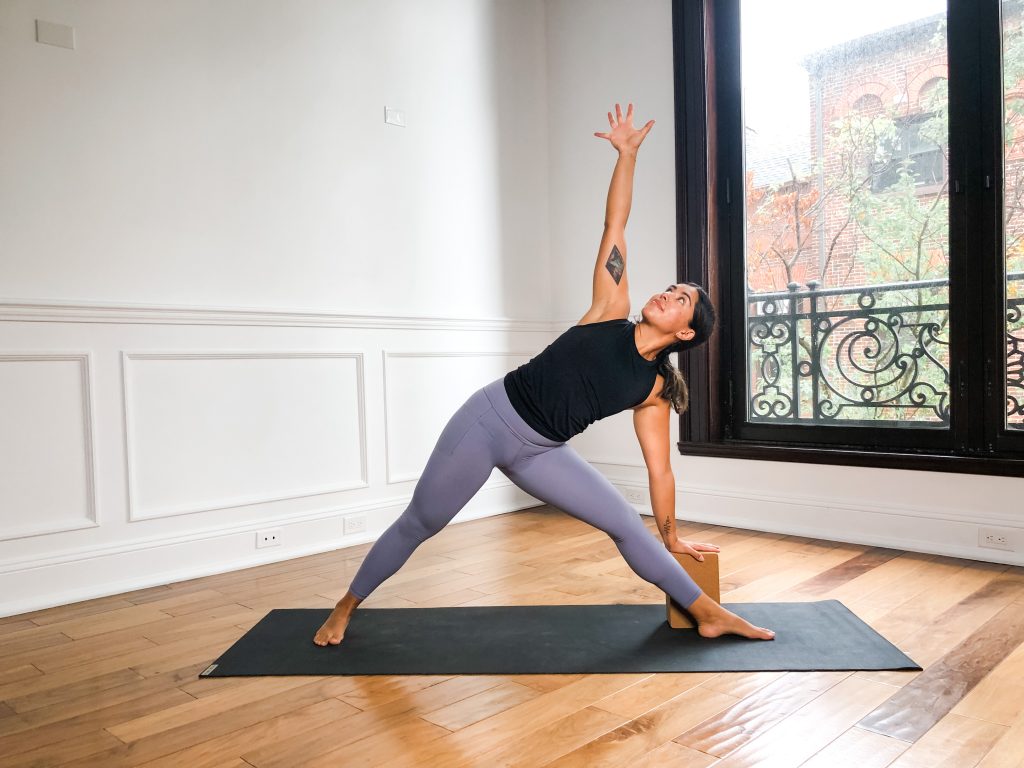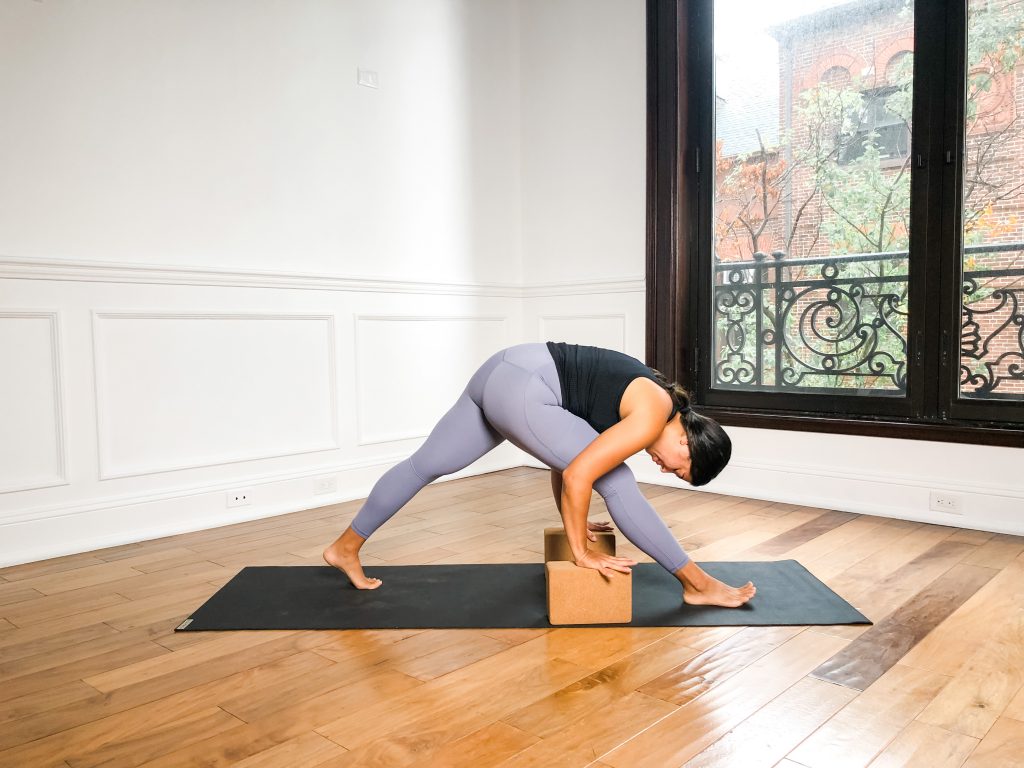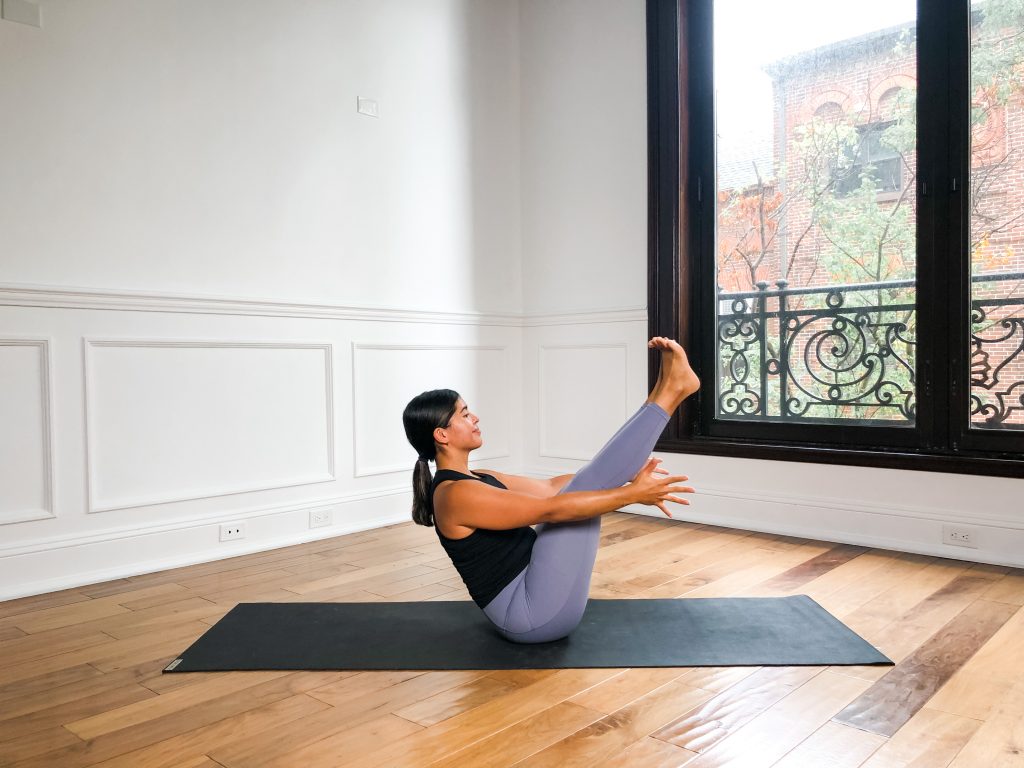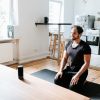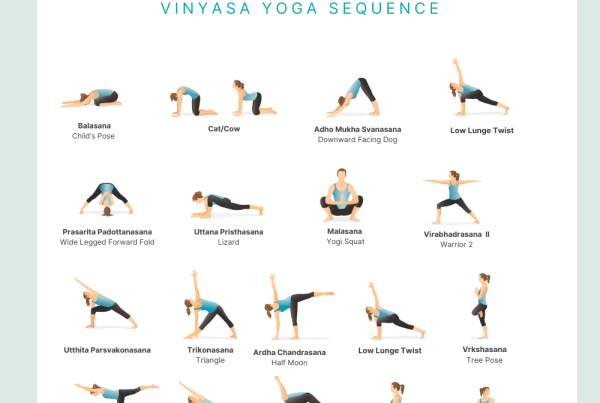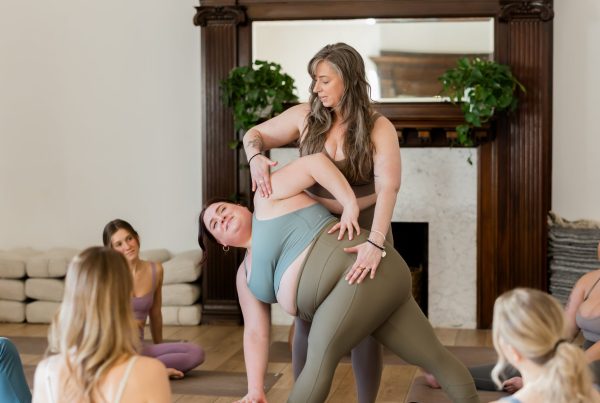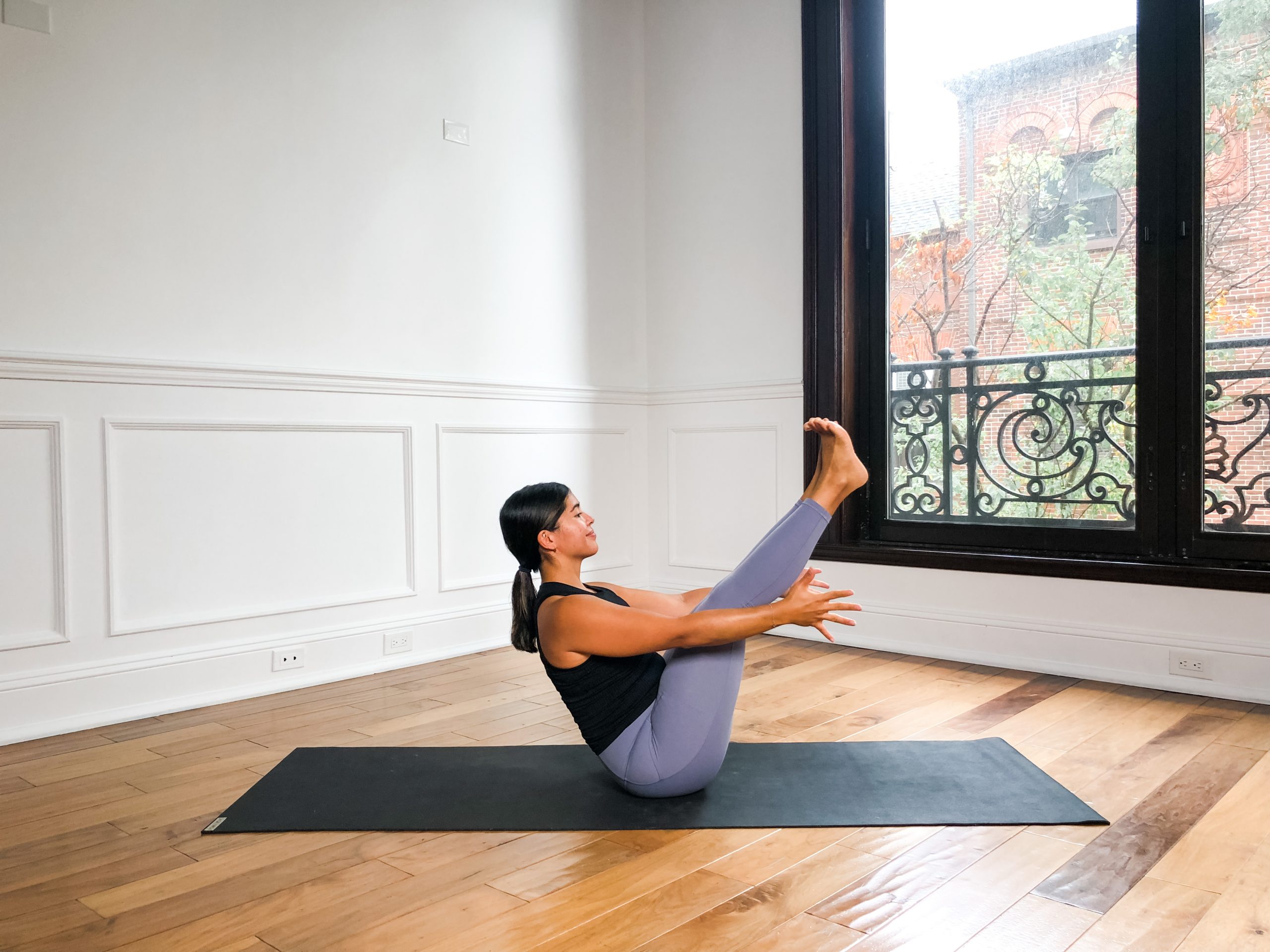
Over the past few weeks we’ve been taking a journey through the Niyamas, which can be thought of as duties or observances along one’s spiritual journey towards enlightenment. This week we are exploring tapas, otherwise known as self-discipline. Tapas is directly translated to heat and refers to the act of putting ourselves through the fire to transform ourselves into our highest form of self. You know the quote “nothing good comes easy?” That’s tapas.
Take a moment to reflect on a challenging moment in your life…a breakup, death of a loved one, job loss, a pandemic? Whether you have gone through something in the past, or if you are currently working through something as you read this, you may be able to relate to the feeling of literally burning on the inside as you carry yourself through the fire.
The practice of tapas is not easy. It requires a physical, mental, emotional, and spiritual fortitude to continuously show up regardless of the outer circumstances. In terms of our yoga practice, we certainly will not want to show up every day. It’s not always easy to arrive to the mat, meditation cushion, sacred texts, or journal when things get tough, but it’s always worth it…no matter how long the practice or “how good” you think the practice was. Because with effort, discipline, and faith…on the other side of our challenge lies a much stronger and illumined version of you.
Peak Pose: Boat Pose (Navasana)
Boat pose is a physically vigorous pose. For many, it requires consistent effort and practice to balance on the sit bones while straightening the legs and keeping the chest lifted. Not to mention it builds heat and requires core strength which are both appropriate in our discussion of tapas. Also, there’s an analogous meaning here with staying afloat despite any of the turbulent waves…
Downward Facing Dog (Adho Mukha Svanasana)
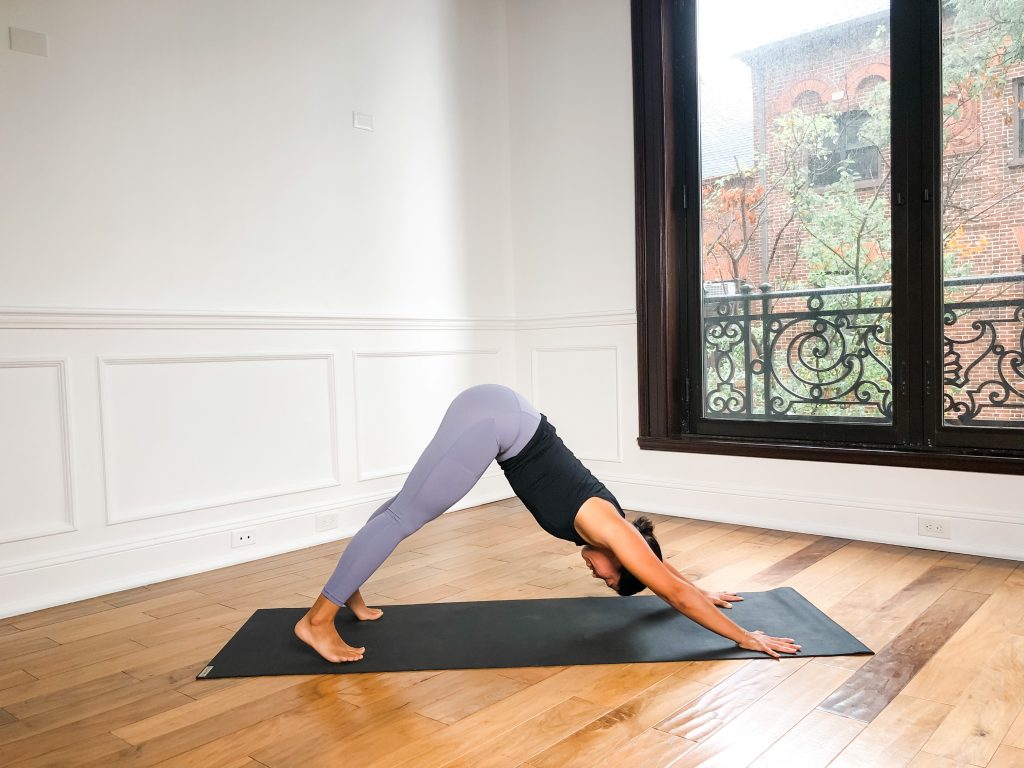
If you turn your screen upside down, downward facing dog is essentially boat pose in a different orientation. DFD gives the practitioner the firm ground to press into to learn the actions of straightening the legs, anteriorly rotating the pelvis, + firming the front ribs and upper back in which are all key alignment points in boat.
How to:
- Come into a high plank position with the arms and legs straight. Legs should be toned.
- Pike the hips up and back so there is a deep fold where the fronts of the thighs meet the pelvis. Lift the sitting bones up towards the ceiling.
- Firm your front ribs in, like you are filling out the lower back and firm the upper back in to broaden your chest.
- Press evenly through the hands and feet and allow your head to relax between your arms.
Triangle Pose (Trikonasana)
Similar to DFD, triangle teaches the practitioner appropriate actions of the legs, pelvis, and torso to serve alignment in boat pose.
How to:
- From warrior II, straighten out both legs and lift the inner arches of the feet to create integrity through the inner lines of the legs.
- Fold at the front hip (where the thigh meets the pelvis), take your torso into lateral flexion (or a side bend), and take your hand down to the ground, shin, or block. *We’re looking for the torso to be more or less parallel to the floor. The goal is not to touch the floor, especially if that puts you into poor alignment.
- Firm your front ribs in and firm the upper back in as you take your top arm to the sky.
- Your gaze can go up to your top hand or look straight ahead at the side wall you are facing.
Pyramid Pose (Parsvottonasana)
For this pyramid pose, we’re going to focus on the “wide” variation with the back heel lifted up to keep the hips squared and to give access to the straightness of the legs.
How to:
- From low lunge with your hands to the ground or blocks on either side of the front foot, straighten your legs and lift your sitting bones up (like in DFD).
- Press the roots of your thighs back to create a deep fold at the front of your pelvis as you draw your front hip back and back hip forward.
- Lift the inner arches of the feet (lifting the toes helps to lift the inner arches) to create integrity through the inner lines of the legs.
- Walk your hands back as you bring your nose towards your knee.
Boat Pose (Navasana)
How to:
- Sit on the ground with your legs bent and the soles of your feet flat on the floor.
- Take your hands to your hamstrings (back of your thighs) and gently pull to firm the upper back in (or draw the shoulder blades towards one another) and lift your chest. Be sure to pair this action with bringing the front ribs in so that you are not borrowing range from the rib cage to open the chest.
- Lift your shins so they are parallel to the floor. Spread your toes and lift the inner arches of the feet to create integrity through the legs.
- Reach your hands forward while keeping the upper back firmed in. You can choose to stay here.
- Straighten your legs as you reach the balls of your feet forward and up. Keep the thighs toned and breathe.


